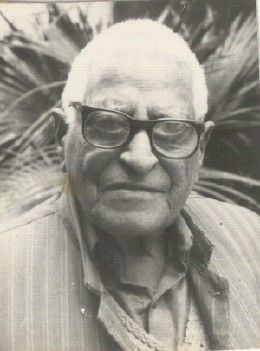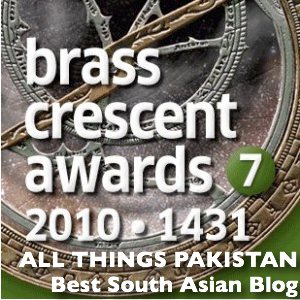Owais Mughal
For many months now, I’ve been thinking of doing a series on Best Planned Neighborhoods of Pakistan. When I think about it, quite a few come to mind e.g. The whole city of Islamabad, North Nazimabad, Karachi, Model Town, Lahore, etc. However one locality that has always caught my attention for its visionary town planning is the Clock Tower and 8 bazaars of Faisalabad. Though it was planned more than 100 years ago, the symmetry and simplicity of design of these 8 bazaars have always fascinated me. The roads of 8 bazaars now seem narrow for the volume of traffic that runs on Faisalabad roads, but I believe a hundred years ago, this must’ve been a marvel of town planning.
Following is a satellite image of Fiasalabad’s Clock Tower and the 8 bazaars laid around it in the shape of British Union Jack.

At present the buildings located in 8 bazaars and the Clock Tower itself are mostly in a state of disrepair.
Read Full Post
Nadeem Omar and Adil Najam
 The recent award of the Pulitzer Prize for breaking news photography to a photojournalist of Pakistani origins provides us a moment of reflection on the legacy of great Pakistani photojournalists. One name that embodies this rich legacy more than any other is F.E. Choudhry.
The recent award of the Pulitzer Prize for breaking news photography to a photojournalist of Pakistani origins provides us a moment of reflection on the legacy of great Pakistani photojournalists. One name that embodies this rich legacy more than any other is F.E. Choudhry.
With this post we launch a series in which we will feature rareand archival news photographs from F.E. Chaudhry, going back to the very creation of Pakistan. These include rare news photographs as well as historical human interest photographs. Our purpose is to create an electronic gallery of F.E. Choudhry’s work which not only celebrates the contributions of this creative artist but also provides a visual record of the Pakistan that was.
Over the next many weeks, in this ATP exclusive, we will feature the news photography art of F.E. Chaudhry. But, first, we wanted to start with some introductory words about F.E. Choudhry, the man.
Read Full Post
Adil Najam
ATP contributor Mast Qalandar is a chronicler par excellence of ‘All Things Islamabad’ (here, here, here, here, here). His writings on Islamabad constantly reminds us – even those of us who have lived long in the Capital city – that Islamabad is much more (and also much less) than what we think it is.

Indeed, like any other city, Islamabad is a city of many faces. That, in itself, is not unusual. What is unusual, and worthy of note, is that too many of these faces of Islamabad are totally hidden from the public discourse on the city. Including from the discourse of those who live there. This post is about one such face.
Read Full Post


 The recent award of the
The recent award of the 























































